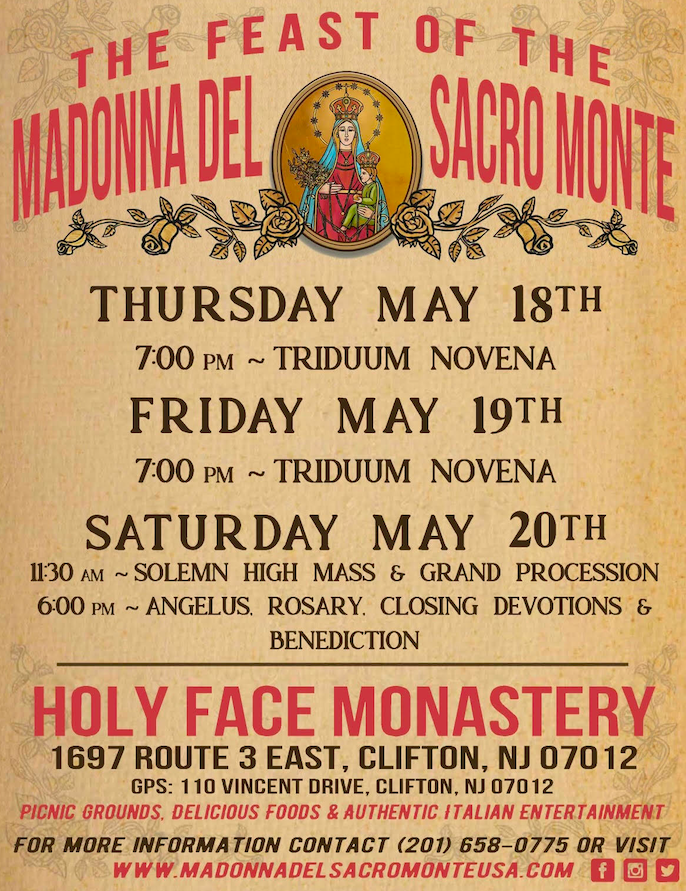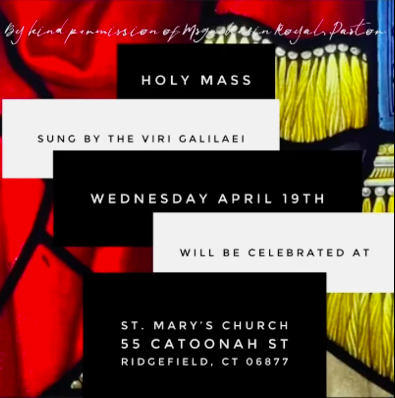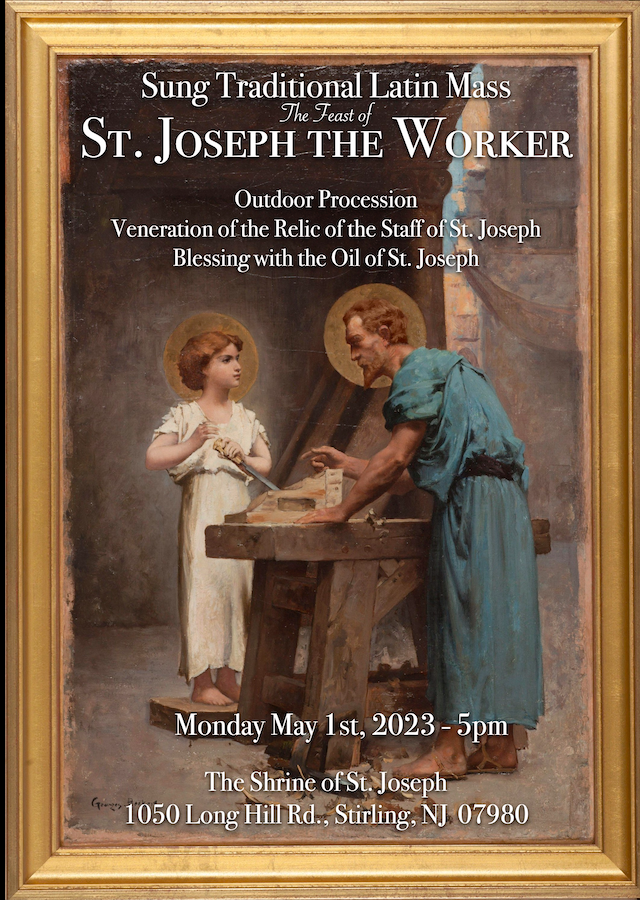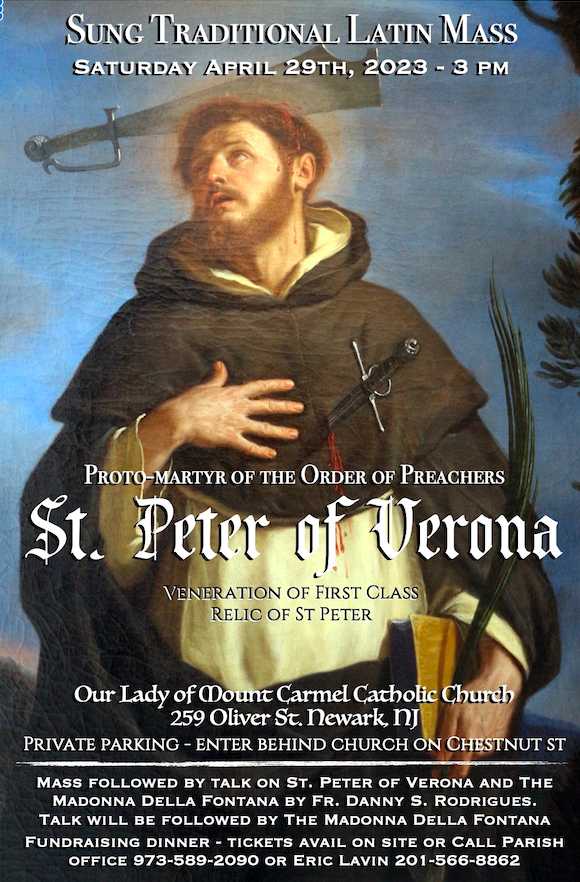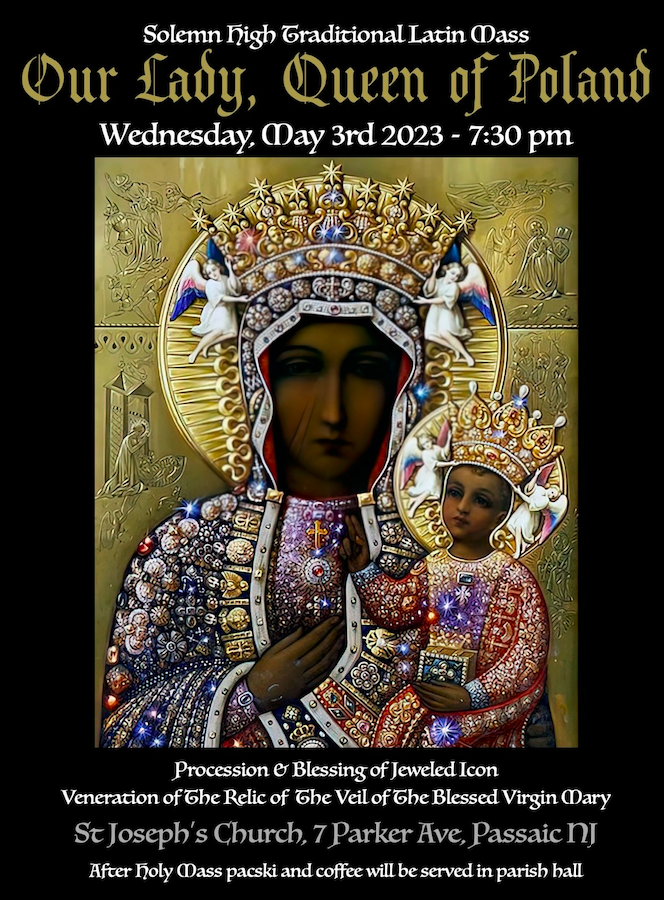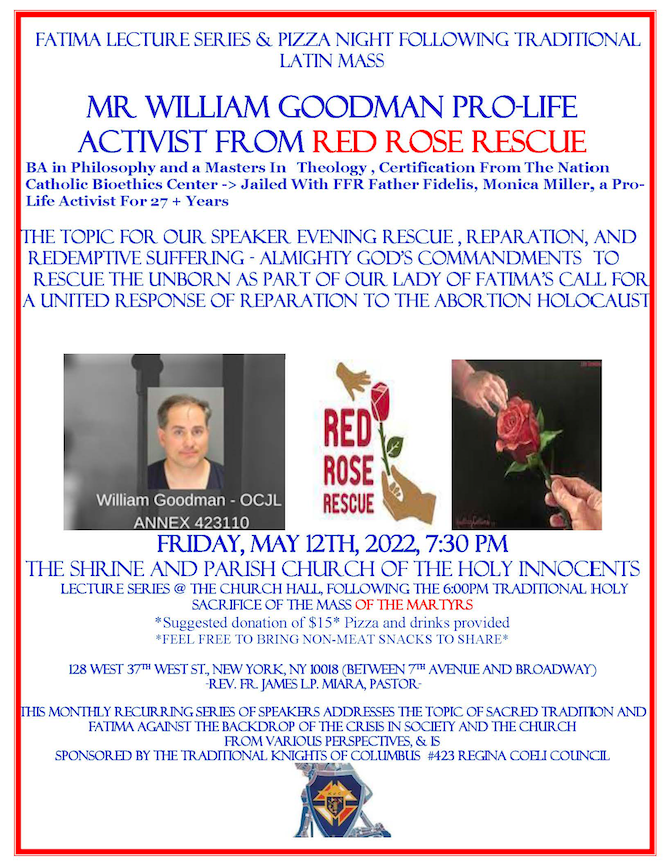
10
May
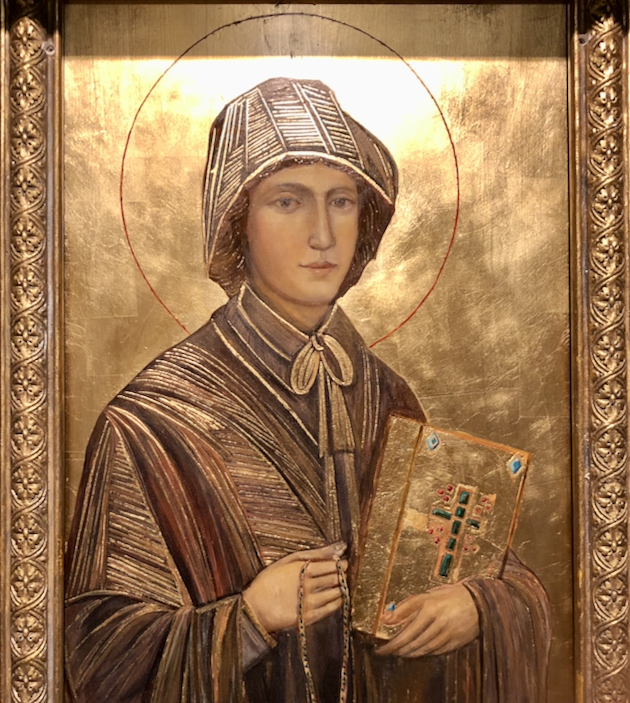
News from the Sisters of Charity of New York:
The Sisters of Charity of St. Vincent de Paul of New York will no longer work toward finding nor accepting new members to our Congregation, in the United States.
[W]e, Sisters of Charity of St. Vincent de Paul of New York, continue to live our mission to the fullest, while acknowledging that we are on a path to completion.
The decision was not an easy one. Currently there are 154 Sisters of Charity of New York.
Press Release, “The Sisters of Charity of New York Vote on Congregation’s Path to Completion,” (April 27, 2023)
In 1846 the Sisters of Charity of New York split from Mother Seton’s foundation for various reasons following from the reaffiliation of the United States sisters with those of France. Notably, the New York sisters retained the original habit of Elizabeth Seton with its quaint bonnet. These sisters were in the past ubiquitous in and around New York City, running St. Vincent’s Hospital, the New York Foundling Hospital, Mount St. Vincent’s College and many other institutions – as well as teaching at parochial schools (80 in 1913).
Some idea of the comprehensive character of charitable work performed by the Sisters of Charity may be obtained from even a brief consideration of their institutions for the care of suffering humanity under all conditions. …Every age and condition of life that needs care, from before birth till death, has special provision made for it. 1)
The Sisters of Charity of Mount St. Vincent, who have always been the largest group in the archdiocese, were by common consent the strictest of the non-contemplative sisterhoods. in 1962 they has 1,368 professed Sisters, 70 novices and 45 postulants. In 1978 the figures were 895, two and one respectively. In 1995 the only figures available listed their total as 623 Sisters. 2)
Today, as their press release indicates, there remain only 154 elderly sisters. Most of their apostolates have also either disappeared or have been utterly transformed. The most spectacular example was the inglorious closing of St. Vincent’s Hospital in 2010.
- The Catholic Church in the United States of America, Vol. II, at 65 ( The Catholic Editing Company, New York, 1913). Interestingly, this publication gives the Sisters of Charity of New York “around 1400 members” in 1908 – approximately the same number as in 1962 (see Footnote 2) – but I wonder if the base is the same?
- Cohalan, Msgr. Florence D. , A Popular History of the Archdiocese of New York at 399 ( United States Catholic Historical Society, Yonkers, New York, 2nd Edition, 1999).
30
Apr
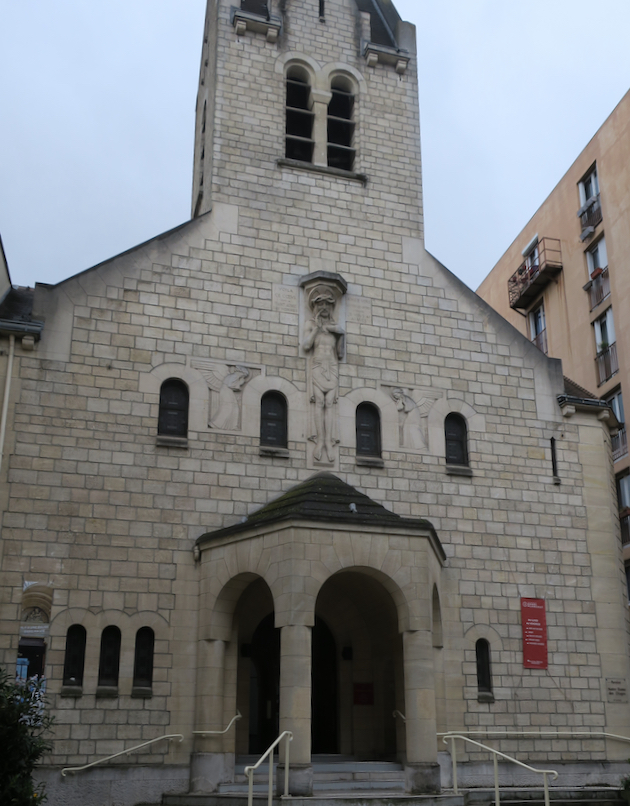
I have aleady written of the sombre, little-known funerary chapels of Paris. They commemorate the victims of political crimes and tragic accidents between 1789 and 1896. To these I must add Notre-Dame-des-Otages, dedicated to the memory of the hostages massacred by the Communards (the Commune was a proto-Communist movement) in 1871. Unlike the other chapels, however, the current church was built in the twentieth century and completed in 1938. It later became a fully functioning parish church.
Notre-Dame-des-Otages is situated in the Belleville district, far from the Parisian centers of business and tourism. Traditionally a poor area, I am told it has recently been “enjoying” gentrification. The church is located in the Rue Haxo, where most of the executions took place on May 26, 1871. The current structure replced a series of prior chapels dating back to 1889.
Located on a nondescript street, the facade does not make a very strong impression. The interior is one of the few attempts to employ the Art Deco style in ecclesiastical architecture. Although pleasant and interesting, I regret to say it reminded me somewhat of a subway station. An inscription encircles the main altar:
Sanguis Martyrum Semen Christianorum
This, and references on two plaques commemorating the dead of the wo world wars, are strangely enough the only allusions I could find to the rather unusual dedication of this church.
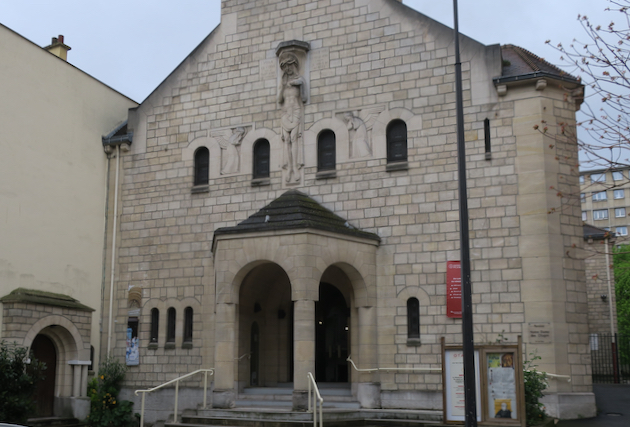
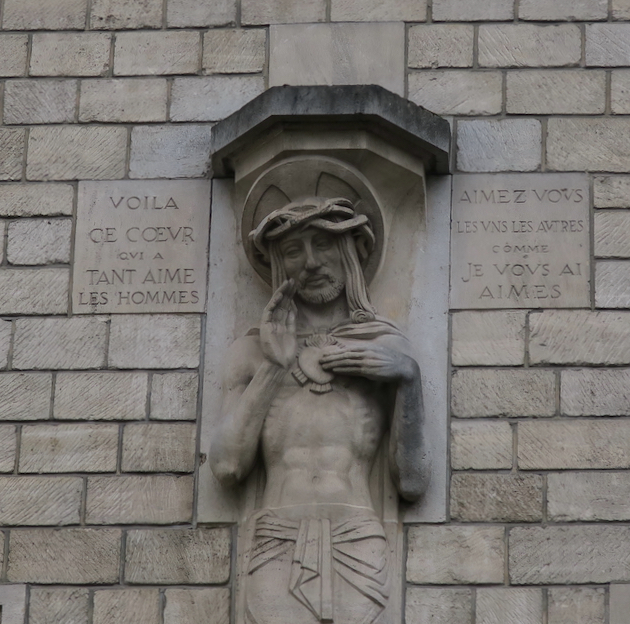
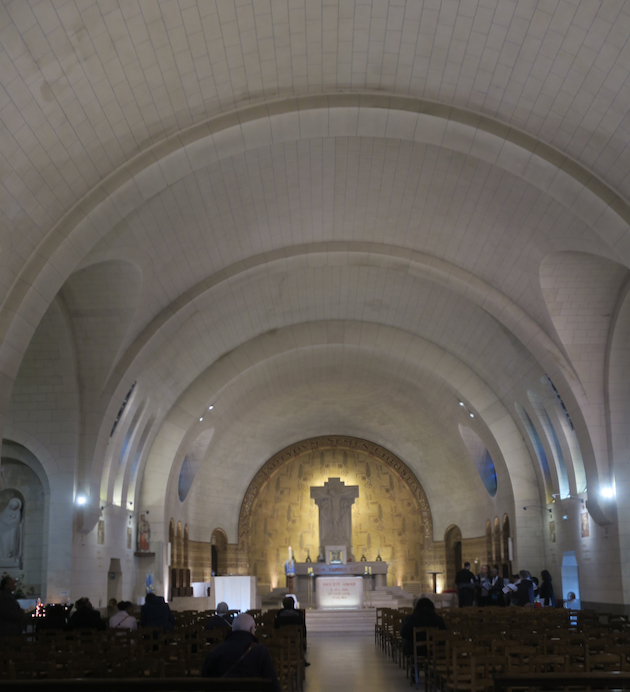

I gather the commemoration of these martyrs later became somewhat of a political embarrassment for the Church. After all, hadn’t thousands of Communards been massacred by the government in crushing their uprising? And aren’t communists some of the best Christians, as Dorothy Day and later Pope Francis have claimed? In any case it was only in this year 2023 that five of the martyrs were beatified, on Saturday, April 22nd in the church of Saint Sulpice (which is currently functioning as the Cathedral of Paris). Henri Planchat, Ladislas Radigue, Polycarpe Tuffier, Marcellin Rouchouze et Frézial Tardieu will be commemorated on May 26. But there were many more martyrs under the Commune between May 24 and 27 in 1871 – the most prominent of all being Archbishop Georges Darboy of Paris. He had been a resolute opponent of Ultramontanism – does this still count against him?
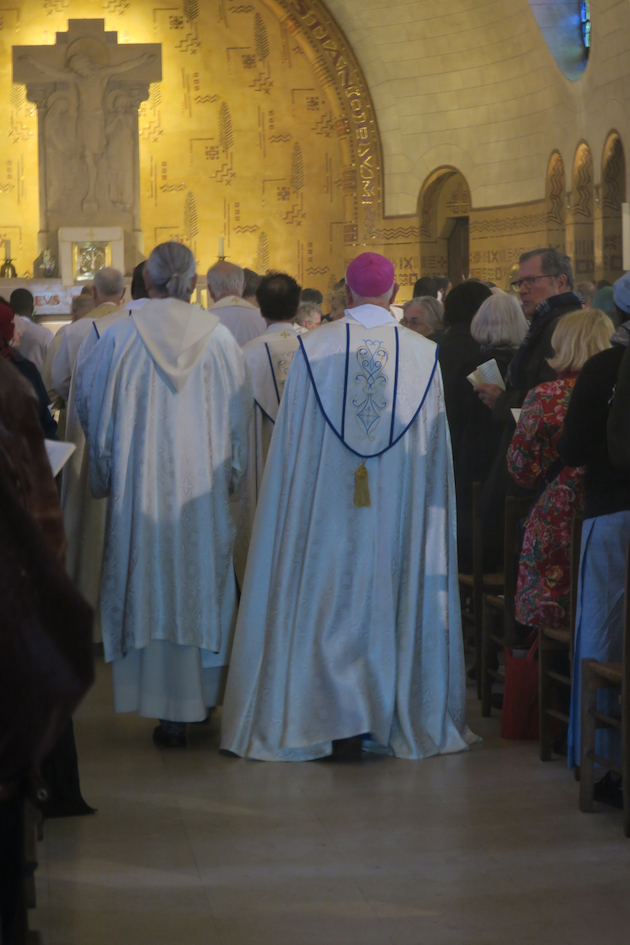
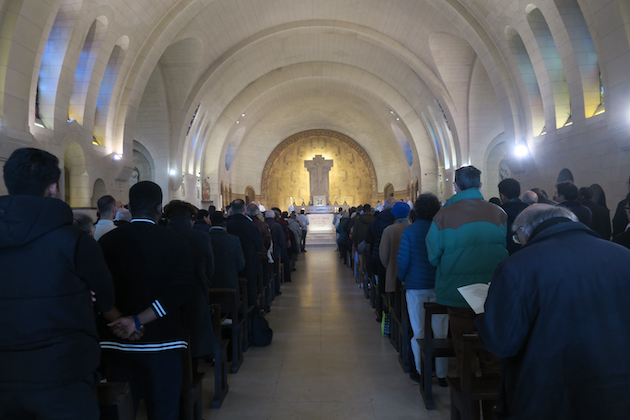
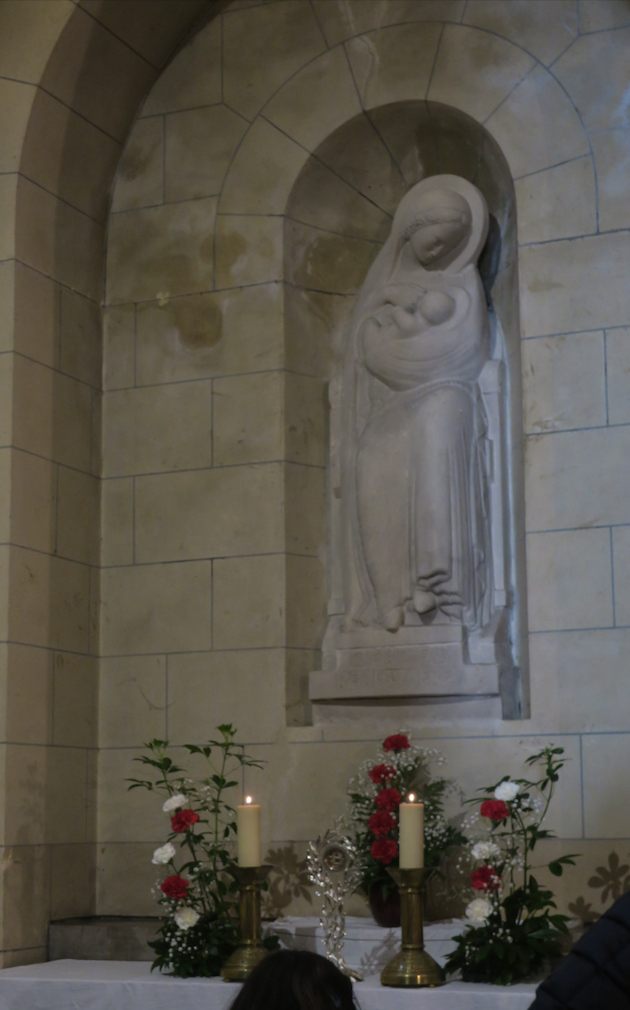
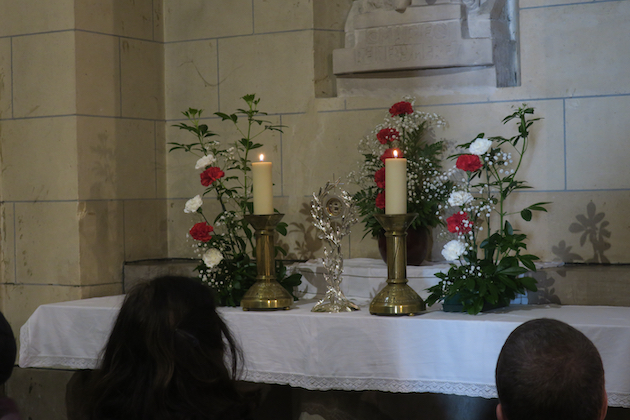
25
Apr
25
Apr
22
Apr
15
Apr
15
Apr
Contact us
Register
- Registration is easy: send an e-mail to contact@sthughofcluny.org.
In addition to your e-mail address, you
may include your mailing addresss
and telephone number. We will add you
to the Society's contact list.
Search
Categories
- 2011 Conference on Summorum Pontifcum (5)
- Book Reviews (95)
- Catholic Traditionalism in the United States (24)
- Chartres pIlgrimage (17)
- Essays (176)
- Events (667)
- Film Review (7)
- Making all Things New (44)
- Martin Mosebach (34)
- Masses (1,336)
- Mr. Screwtape (46)
- Obituaries (14)
- On the Trail of the Holy Roman Empire (22)
- Photos (346)
- Pilgrimage Summorum Pontificum 2021 (7)
- Pilgrimage Summorum Pontificum 2022 (6)
- Pilgrimage Summorum Pontificum 2023 (4)
- Sermons (79)
- St. Mary's Holy Week 2019 (10)
- St. Mary's Holy Week 2022 (7)
- St. Mary's Holy Week 2023 (7)
- St. Mary's Holy Week 2024 (6)
- Summorum Pontificum Pilgrimage 2024 (2)
- The Churches of New York (197)
- Traditionis Custodes (47)
- Uncategorized (1,366)
- Website Highlights (15)
Churches of New York
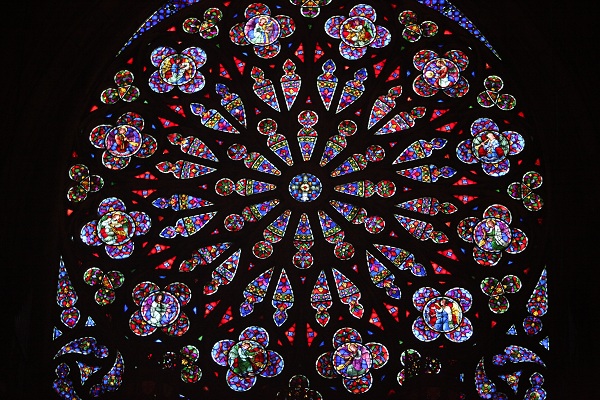
Holy Roman Empire
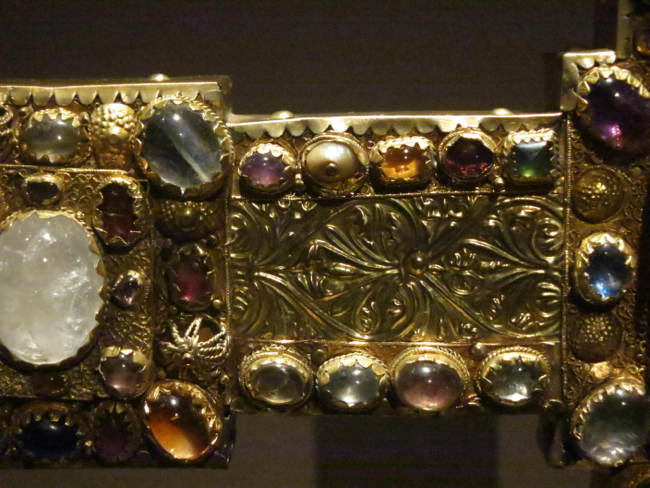
Website Highlights
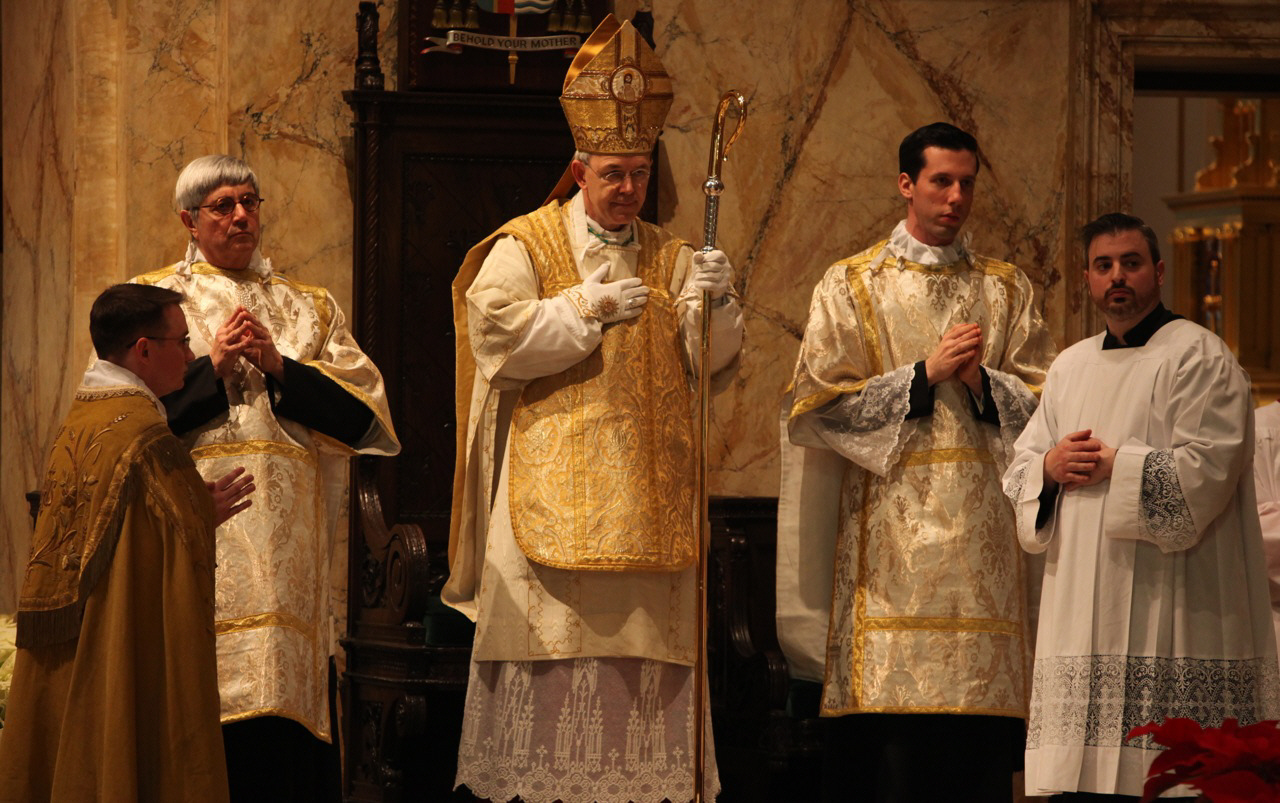
Archives
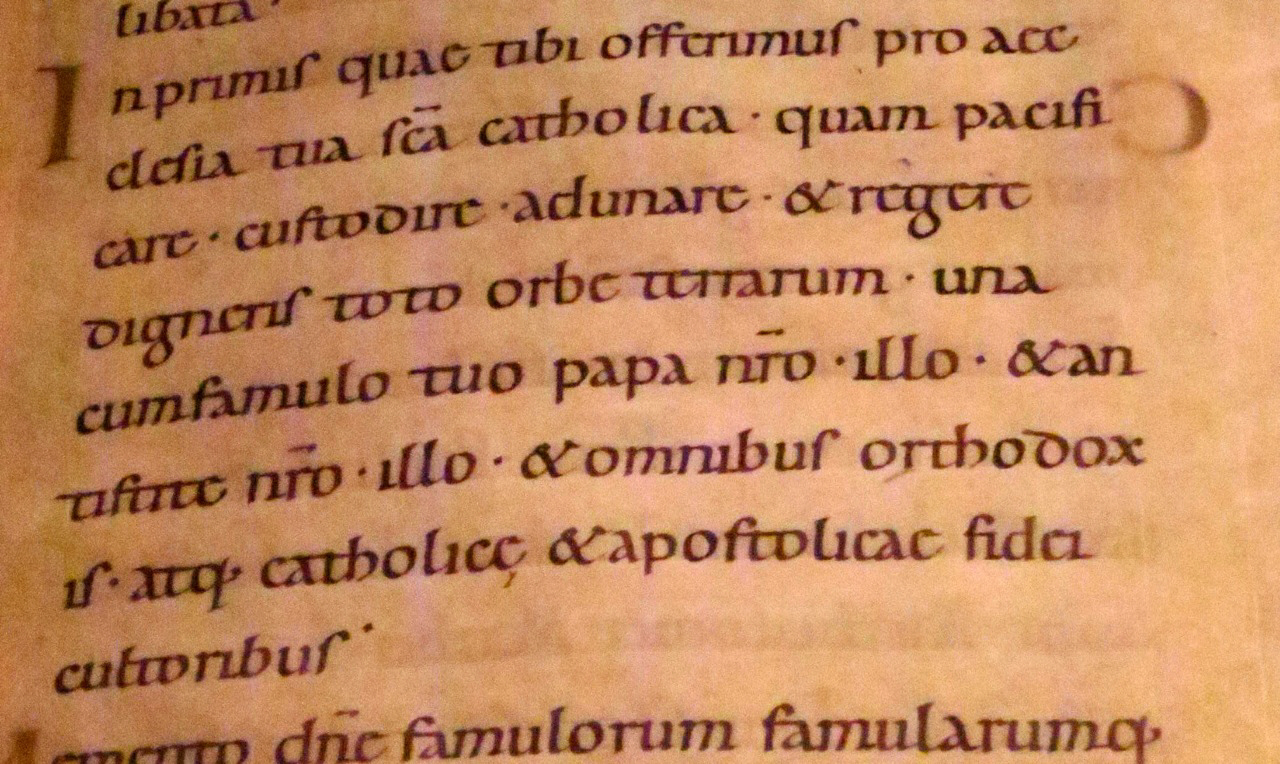
Links
- Canons Regular of St. John Cantius
- Holy Innocents
- O L of Fatima Chapel
- St. Anthony of Padua
- St. Anthony of Padua (Jersey City)
- St. Gregory Society
- St. John Cantius Church
- St. Mary Church, Norwalk
- The Remnant
- Una Voce Hartford
- Una Voce Westchester
[powr-hit-counter label="2775648"]

